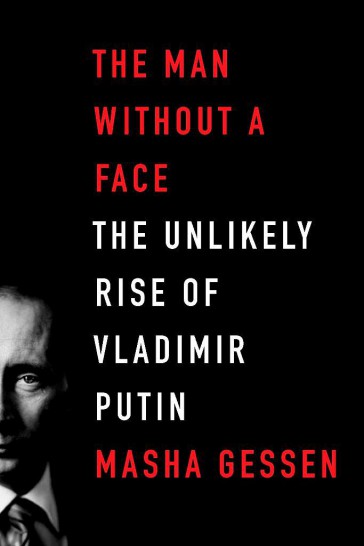
the Russian Supreme Soviet passed a resolution establishing a white, blue, and red flag as the new flag of Russia, replacing the Soviet-era red flag with its hammer and sickle. A group of city council members, led by Vitaly Skoybeda—the one who had slugged the hard-liner three days earlier—set off to replace the flag in Leningrad. “The flag was on a corner of Nevsky Prospekt, over the Party headquarters,” Yelena Zelinskaya, the samizdat publisher, recalled in an interview years later. “It was the most noticeable place in the city. They started taking it down, a group of people including journalists and city council members. An orchestra showed up for some reason; it was the brass band of the military school. And a television crew was there filming. They lowered the red flag carefully. As the orchestra played, they raised the tricolor. The man who took down the flag was standing right there among us, on Nevsky. So there we were, a group of people, standing in the street, with an orchestra playing, and this man with a red flag in his hands, and we were suddenly totally lost as to what to do. Here we had a flag that for eighty years had been the symbol of the state; we had all hated it but we had also all feared it. And then one of our staff members says, ‘I know what to do: we are going to give it back to them.’ The district Party headquarters was across the street. And he grabbed the flag and ran across the Nevsky, without looking left or right. Cars stop. The orchestra is playing a march, and he is running across the very wide Nevsky, and just when the orchestra is playing the last note, he tosses the flag as hard as he can against the Party headquarters doors. There is a pause. And then the door opens slowly just a crack; a hand reaches out and quickly yanks the flag inside. The door closes. This was the highlight of my entire life. I saw the Russian flag raised over Nevsky.” -Masha Gessen, The man without a face; The unlikely rise of Vladimir Putin
The Man Without a Face is the chilling account of how a low-level, small-minded KGB operative ascended to the Russian presidency and, in an astonishingly short time, destroyed years of progress and made his country once more a threat to her own people and to the world.
Handpicked as a successor by the “family” surrounding an ailing and increasingly unpopular Boris Yeltsin, Vladimir Putin seemed like a perfect choice for the oligarchy to shape according to its own designs. Suddenly the boy who had stood in the shadows, dreaming of ruling the world, was a public figure, and his popularity soared. Russia and an infatuated West were determined to see the progressive leader of their dreams, even as he seized control of media, sent political rivals and critics into exile or to the grave, and smashed the country’s fragile electoral system, concentrating power in the hands of his cronies.
As a journalist living in Moscow, Masha Gessen experienced this history firsthand, and for The Man Without a Face she has drawn on information and sources no other writer has tapped. Her account of how a “faceless” man maneuvered his way into absolute-and absolutely corrupt-power has the makings of a classic of narrative nonfiction.